Summary
The site is home to several fish species, including rainbow and brown trout, catfish, and smallmouth bass. The nearby activities include hiking, camping, and birdwatching, making it an excellent destination for a family trip.
To catch the fish in the area, anglers should use natural bait like worms, crickets, and grasshoppers, as well as artificial lures such as spinners and jigs. The best time of day to fish is early morning or late evening when the water is cooler, and the fish are more active. The best time of year to visit is from April to October, with the average temperature ranging from 60°F to 85°F.
Anglers should bring their fishing poles, a valid fishing license, and plenty of water and snacks. Additionally, they should be prepared to hike to some of the best fishing spots. The La Junta Fishing Site is an excellent destination for anyone who loves fishing, hiking, and nature, and it is a must-visit for anglers looking to catch some of the best fish in the area.
Weather Forecast
Nearby Streamflow Levels
Angling Safety Guidelines
Check local fishing rules, seasons, size limits, and license requirements to ensure legal and sustainable angling.
Handle Fish Responsibly
Use wet hands, minimize air exposure, and release fish gently to improve survival rates when practicing catch-and-release.
Choose the Right Gear
Match your rod, line, and tackle to the species and conditions to increase success and reduce unnecessary harm to fish.
Respect the Waterway
Avoid disturbing habitat, prevent bank erosion, and keep a safe distance from spawning areas to protect ecosystems.
Keep It Clean
Pack out all line, hooks, bait containers, and trash—discarded gear can injure wildlife and degrade waterways.
Related Links
Area Campgrounds
| Location | Reservations | Toilets |
|---|---|---|
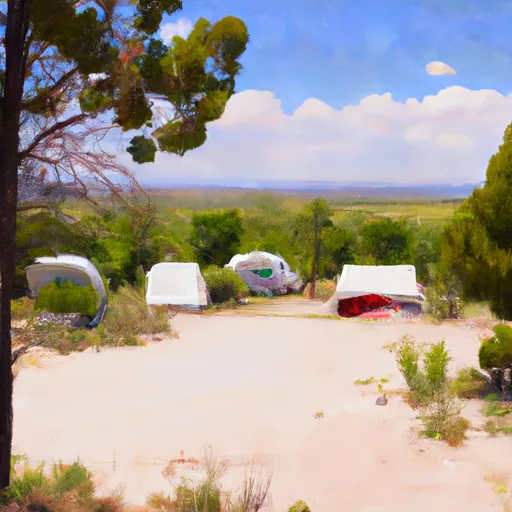 Vista Linda Campground
Vista Linda Campground
|
||
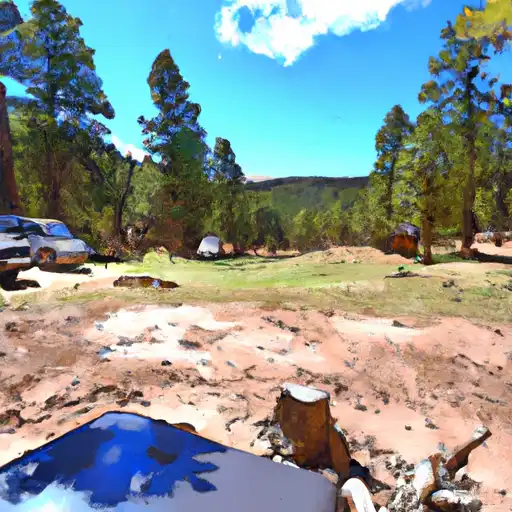 Vista Linda - Jemez Springs
Vista Linda - Jemez Springs
|
||
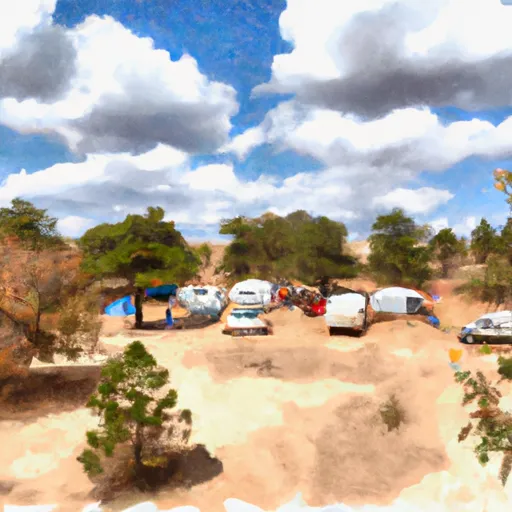 Paliza Group Campground
Paliza Group Campground
|
||
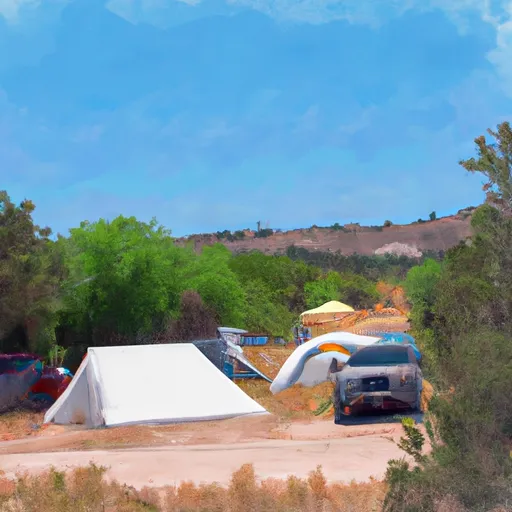 Paliza Family Campground
Paliza Family Campground
|
||
 Paliza
Paliza
|

 Las Casitas Fishing Site
Las Casitas Fishing Site
 San Diego Fishing Site
San Diego Fishing Site
 River's Bend Fishing Site
River's Bend Fishing Site
 Bluffs Fishing Site
Bluffs Fishing Site
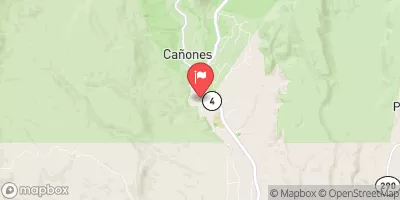
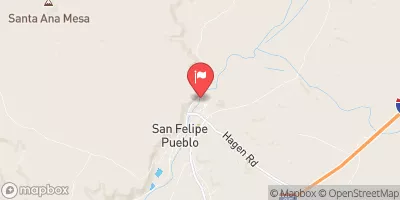
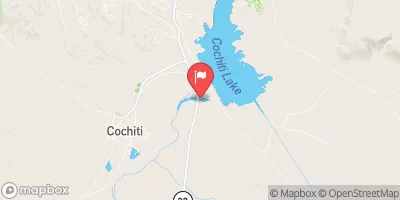
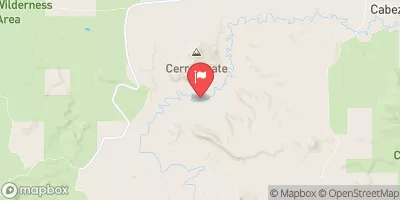
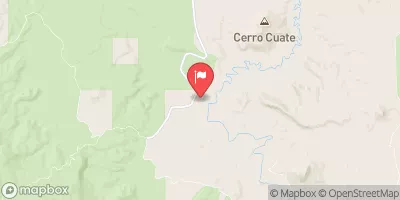
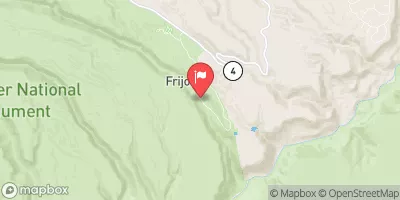
 Lower Vallecito Dam
Lower Vallecito Dam